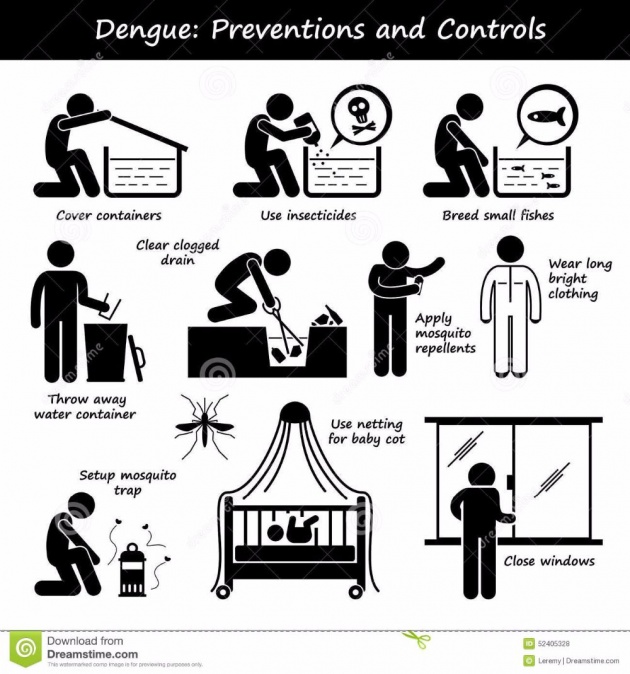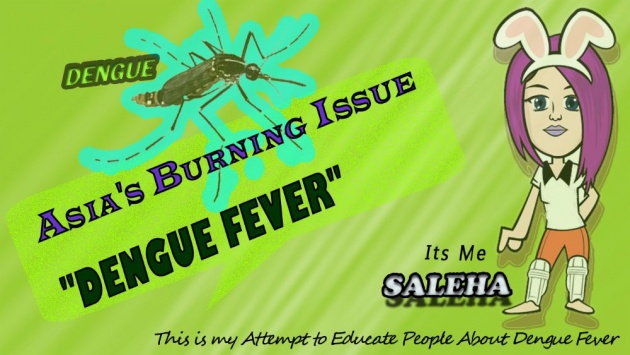
Source:Personal image
What is dengue fever?
Dengue was first reported in the 18th century. In 1905 transmission of Dengue by the Aedes mosquitoes was confirmed. This form of disease, Dengue Fever, was reported in Philippines in 1953. The incidence has increased by 30 folds during last 50 years. Dengue is endemic in more than hundred countries. Million of people have been affected by this disease. Increase in travelling and trade has contributed a lot to the spread of this disease. Global warming is considered to be another important factor which has contributed towards the spread of this disease. The first instance of this disease was noted in Karachi in 1994 followed by another break in 2006. Since then it has become a major problem. 365 deaths were reported from Lahore till November 2011. However, these deaths were not due to dengue fever alone. Other affecting diseases along with dengue e.g. blood pressure and diabetes, etc. may also be responsible for these deaths.
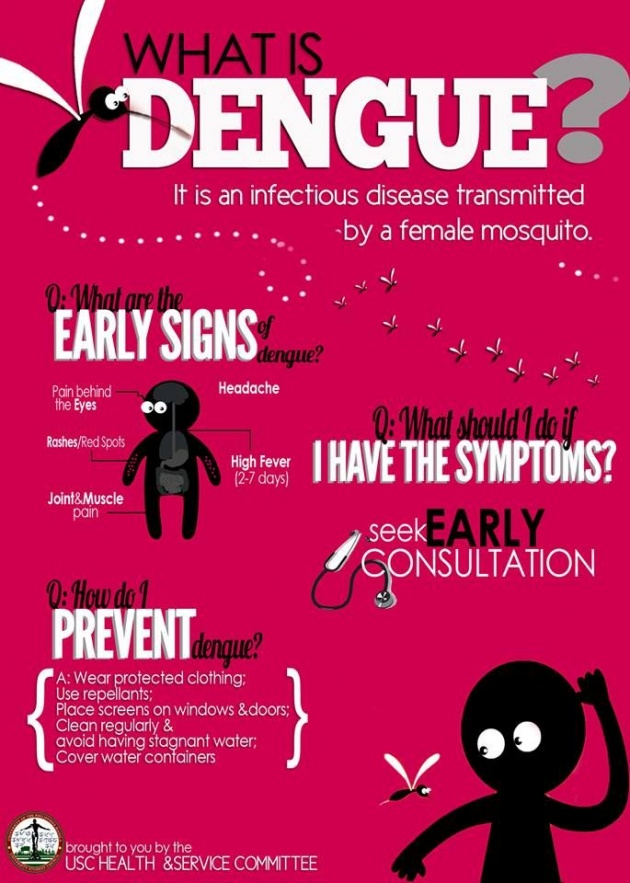
source:Google.com
Principal symptoms
The symptoms of dengue fever usually appear 4-7 days after the mosquito bite and lasts for 3 to 10 days. The temperature of the patient may rise more than 102° F along with severe headache, pain behind the eyes and pain in the joints, from where it named "Break Bone Fever". The other common symptoms of the disease are nausea, vomiting and rashes on the skin. The patient feels weakness. This stage can lasts two to seven days. The number of white blood Cells may be reduced. Less than 5% of Dengue Fever (DF) patients may experience Dengue Fever (DHF) at last stages. This stage characterized by severe pain or vomiting, drowsiness and bleeding from gums and digestive tract resulting in blood stained vomiting or block stools.
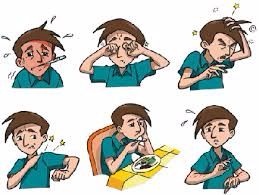
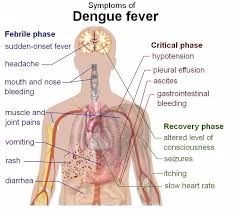 Source:Google.com
Source:Google.com
Dengue Virus
There are four types of Dengue Virus and are referred to as DEN-1, DEN-2, DEN-3, DEN-4. The dengue virus is transmitted from a patient to a healthy person by the bite of a female mosquito, Aedes. It is not a contagious disease. This virus consists of R.N.A and proteins. It develops in the gut of female Aedes mosquito from where it travels to other parts of the body. The virus have no bad effects on the mosquito. The mosquito just behave as a vector it is responsible transmission of the virus among human beings after biting an infected person. In human being it multiples in lymph nodes l, liver and other parts of the body. The symptoms of the disease appear in the infected person afterwards.
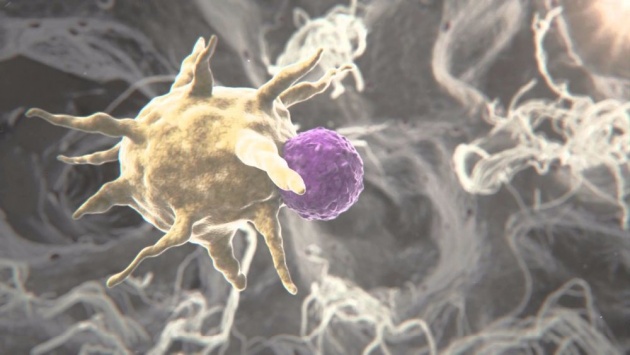 Source:Google.com
Source:Google.com
Here is a video of DENGUE VIRUS infection
Source:Youtube.comDengue Mosquito
The adult dengue mosquito is of dark brown color. It has white spots on the dorsal side of the body. It is approximately 2-10 mm long. The male mosquito can only feed on plants nectar whereas the female mosquito in addition to plant nectar can suck human blood, without which it cannot lay eggs. It usually bites human being from dawn to dusk.
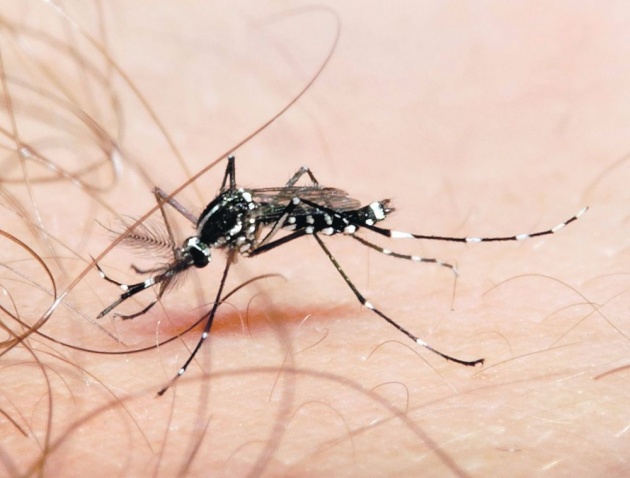 Source:Google.com
Source:Google.com
Life History of Aedes Mosquito
Like other mosquitoes Aedes mosquito completes its life cycle in four stages i.e
- Egg 2-7 days
- Larva 2-4 days
- Pupa 2 days
- Adult.
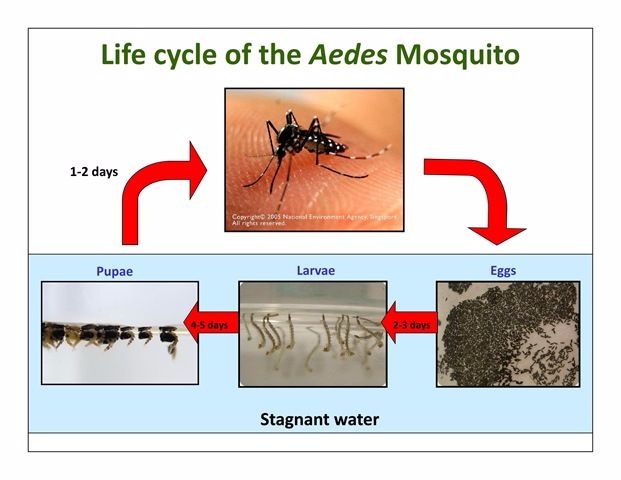 Source:Google.com
Source:Google.com
Egg:
The female Aedes mosquito, after feeding on the human body. Lays eggs after 3-4 days in clean water. Anything which can half a small amount of water is the best place for the development of the mosquito as broken rooftops, discarded tyres, shopping bags, toys etc. Even the water in the flower pots and vases provide an opportunity and their number may increase from 50 to 300.
LARVA:
Rely on the humidity and temperature, the larvae hatch out off the eggs within 2 to 7 days. The larvae hang from the surface of the water and repair through a respiratory tube. The development in dependent on the suitable temperature and the availabilty of food. During its development the larvae casts off their skin four times and finally develop into pupae.
PUPA:
The pupa does not feed but it breathes via a small respiratory trumpet which produced out of the water. They come out of their covering after 2 to 3 days and become adults.
ADULT:
After emerging from the pupa the mosquito rests on the surface of water for some time and then flew away.
Comparion of the Malaria and dengue
Dengue fever:
- Vector: Female Aedes mosquito
- Time of bite: Bites from dawn to dusk
- Laying of eggs: Female Aedes lays eggs in the clean stagnant water even in very small amount e.g. in broken cups, plates, old tyres, etc
- Causative agents: Dengue Virus
- Symptoms of the disease: High fever more than 102° F with severe headache, severe pain in joints and muscles, nausea Vomiting and body rash. Fever persists for five to seven days.
- CURE:There is no specific medicine for dengue. paracetamol advised by doctor for controlling fever and relieving pain. Hospital care is essential for the patients of Dengue Haemorrhagic Fever and Dengue Shock Syndrome.
MALARIA
- Vector : Female Anopheles mosquito
- Time of bite: Bites at night
- Laying of eggs: Female Anopheles lays eggs on the stagnant water.
- Causative Agents: Plasmodium
- Symptoms of the disease: High fever , shivering and profused sweating. Other symptoms are weakness. Fever subsides after specific period of three to four hours. If not treated fever occurs again after an interval of usually 48 hours.
- Cure: Anti-malarial drugs are required to treat the disease.
PREVENTIVE MEASURES
At Personal Level
- Protect your body from the mosquito bites. For this purpose one should wear long sleeved shirts and long trousers.
- Apply mosquito repellent on the body.
- Use bed nets, which may be treated with insecticide.
- Spray insecticide in every corner of your house.
- Use coils and mate to avoid mosquito bites.
- Use electric appliances for killing mosquitoes.
- The doors and windows must have screens of fine mesh.
Source:Google.com
At Community Level
- Mosquito breeding sites should be eliminated e.g. empty bottles, packing materials, plates, cups, utensils, discarded toys , buckets, empty drums, jars, ice cream cups, flowers pots, shopping bags, etc.
- Leaking taps should be repaired.
- Broken roof tops and floors where water can accumulate should also be repaired.
- Water tank should be covered properly.

Source:Google.com
PUBLIC INVOLVEMENT
Epidemics like Dengue and Malaira cannot be controlled without public involvement and co-operation. Even member of the society and every organization wether Goverment or Private, will have to take part in this compaign. The common enemy mosquito can only ve wiped out through joint efforts.
Source:Youtube.comDifferent sectors of the society which can participate are discussed below:
Media:
Public can be informed about the obstruvtive measures via Newspapers, internet,news,television dramas,commercials and so on
Teachers:
Teachers can very well inform their students about the life of the mosquito its breeding sites and developmental stages. Students can also be educated about the various ways and means of controlling this disease and what to do when a patient is suspected of as having Dengue Fever.
Students:
Students should spread awareness among their family, members, neighbours and other relatives.
Khatibs:
Being the spiritual leaders thy are revered by the society. Their role in providing basic information regarding the disease can be very essential. Moreover they can emphasize about the importance of cleanliness at personal level as well as at society level, as mentioned in the teachings of Islam.

Source:Google.com
Market committees:
The business community can be involved in fund raising efforts, badly needed for this campaign. Market committee will ensure cleanliness and removal of breeding sites in markets.
Political and Social Leaders:
Public figures like actors, singers, and leaders can spread the messages regarding preventive measures and control of disease in area of their influence. They can also inculcate the habits of cleanliness in the society.

